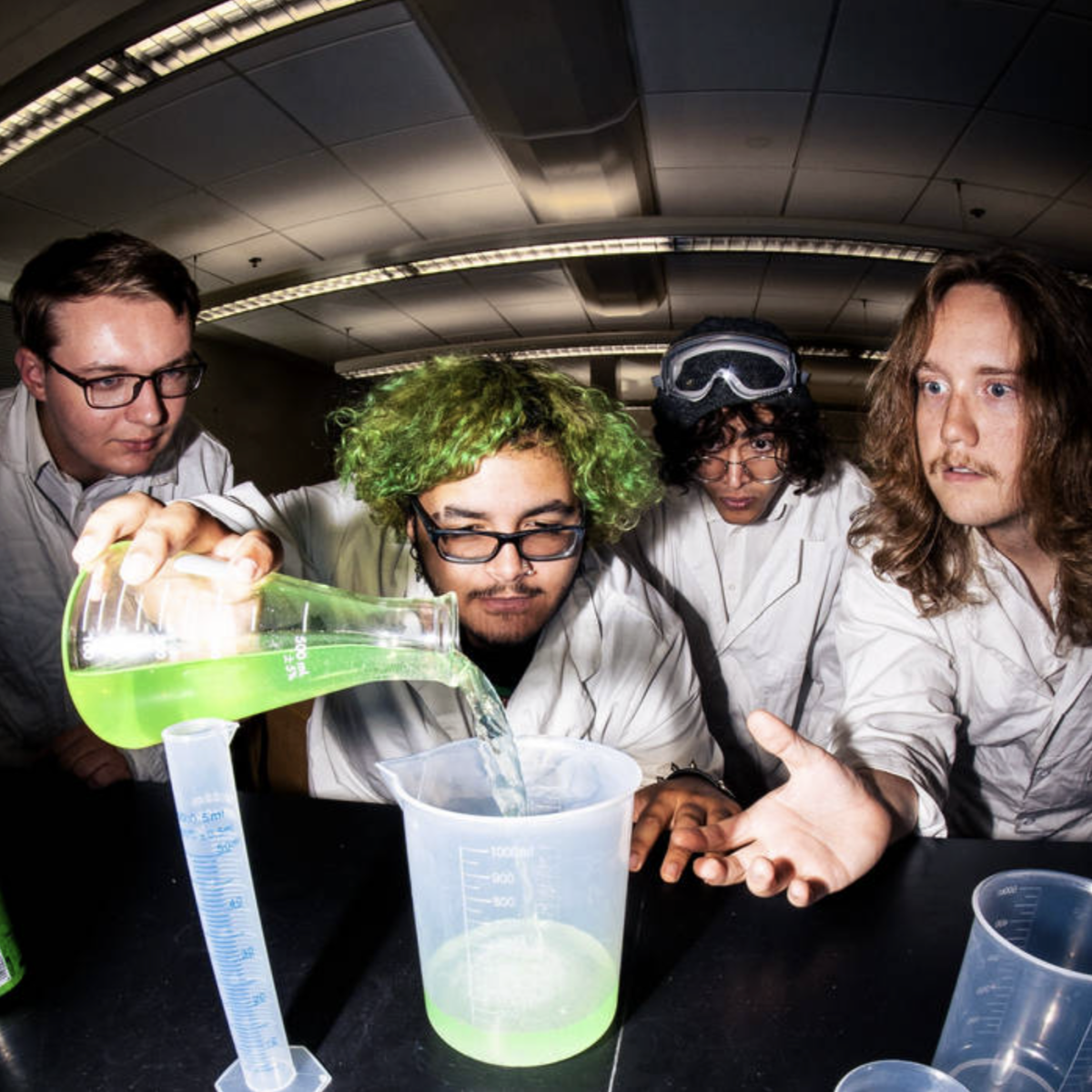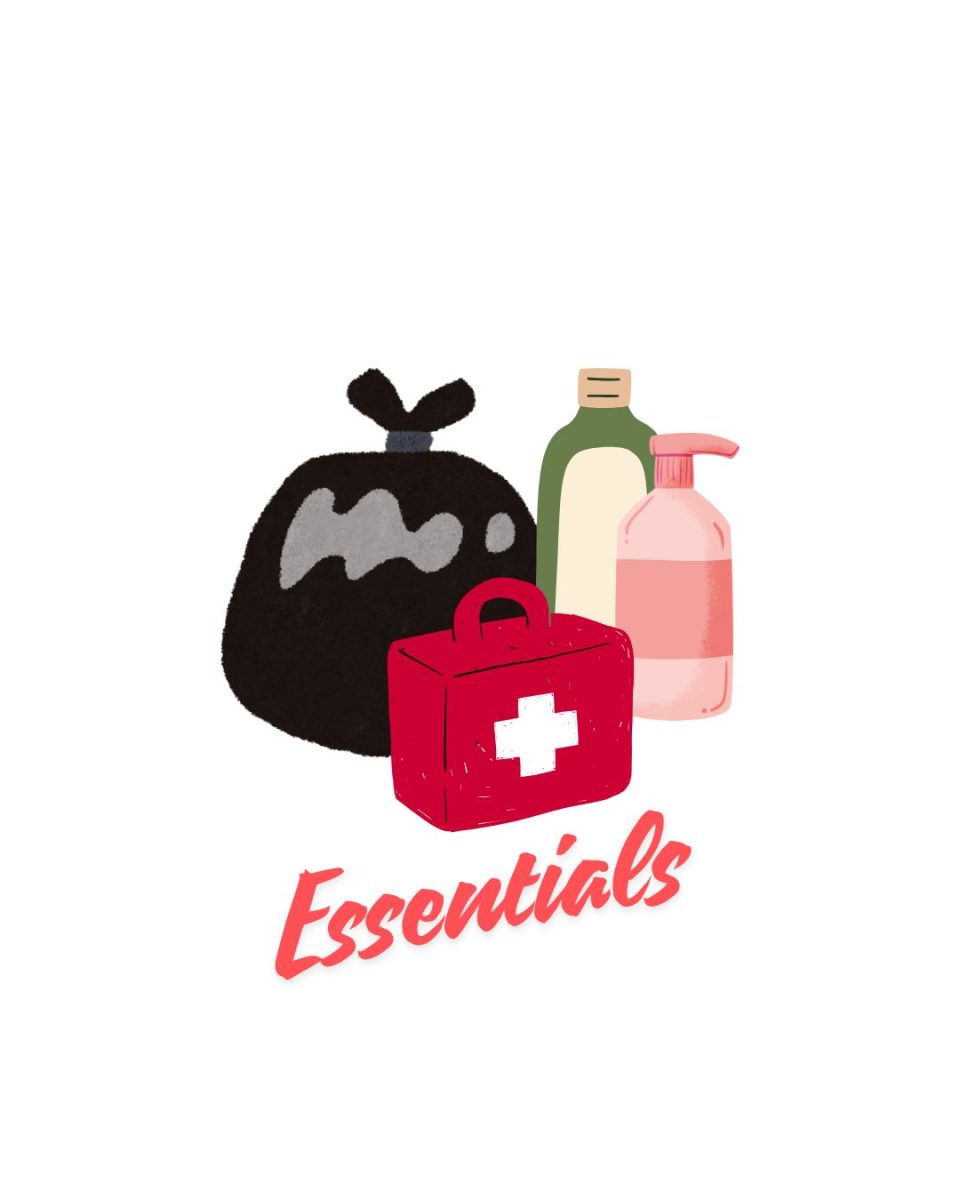April is Sexually Transmitted Disease Awareness Month. For that reason, I want to talk about STIs, more specifically the stigma that comes with them and why they shouldn’t be there.
I’m not trying to argue that STIs are a good thing, as they cause discomfort at best and can be genuinely dangerous, debilitating, or even deadly at worst. However, stigma does nothing to help in prevention. In fact, it actively hinders it.
The National Institutes of Health says that social stigma remains a barrier to people getting regular testing and follow-up treatment in the event test results are positive. This only proliferates the disease further, as people are highly unlikely to remain completely celibate or always be 100% safe about their sexual activities while not knowing their own status or after refusing treatment for a disease or infection they’ve been diagnosed with.
Besides the risk of further spreading the disease that the stigma can cause, refusing treatment also poses a great risk to the infected person as well. When left untreated for a long period of time, even some curable STIs, like chlamydia can cause pelvic inflammatory disease, increased risk of contracting HIV or certain cancers, and infertility.
Besides the fact that stigma only serves to make getting tested and receiving treatment more socially and emotionally difficult for those at risk, some STIs, even the most stigmatized ones, are incredibly common.
Over half of people in the U.S. will have an STI in their lifetime. HSV-1 and HSV-2 are great examples of this. HSV-1, more colloquially known as mouth herpes, is estimated by Johns Hopkins Medical School to be in 50 to 80% of the population, usually being seen in the form of cold sores around the mouth. HSV-2, or genital herpes, can be seen in one-sixth of the population aged 14 to 49, with infections either being asymptomatic or appearing as outbreaks of sores or blisters.
While that is just the two types of HSV, according to the CDC, at least one in five Americans has some form of sexually transmitted disease. This rate is estimated to be even higher among college students, with most estimates being around one in four, though these numbers are probably higher due to how few people actually get regularly tested.
Despite this fact, having a sexually transmitted malady is still seen by the wide society as something worthy of shame and something that makes a person “dirty.”
These ideas are antiquated and harmful. All they do is make it less likely that people will seek the medical care they need. Though they aren’t a positive thing, they are a normal thing.
As a college community, we need to work on dismantling this stigma, not only around our own campus but more broadly as well.
The Wellness Center’s resources for sexual and reproductive health are a good starting point on an institutional level, but from student to student, we also need to be more supportive of those who receive a diagnosis.
Like it or not, STIs are a part of life, and statistically speaking, you probably have one— or will get one. Or, you had a curable one in the past, got treatment, and no longer have one. Be kind and offer support if someone comes to you and confides about their status. If you receive a diagnosis yourself, get treatment, get follow-up testing, and take care of yourself. It’s better for you and everyone else in the long run.
For comments/questions about this story DM us on Instagram @thewhitatrowan or email [email protected]
























































































































































!["Working with [Dr. Lynch] is always a learning experience for me. She is a treasure,” said Thomas. - Staff Writer / Kacie Scibilia](https://thewhitonline.com/wp-content/uploads/2025/04/choir-1-1200x694.jpg)











































